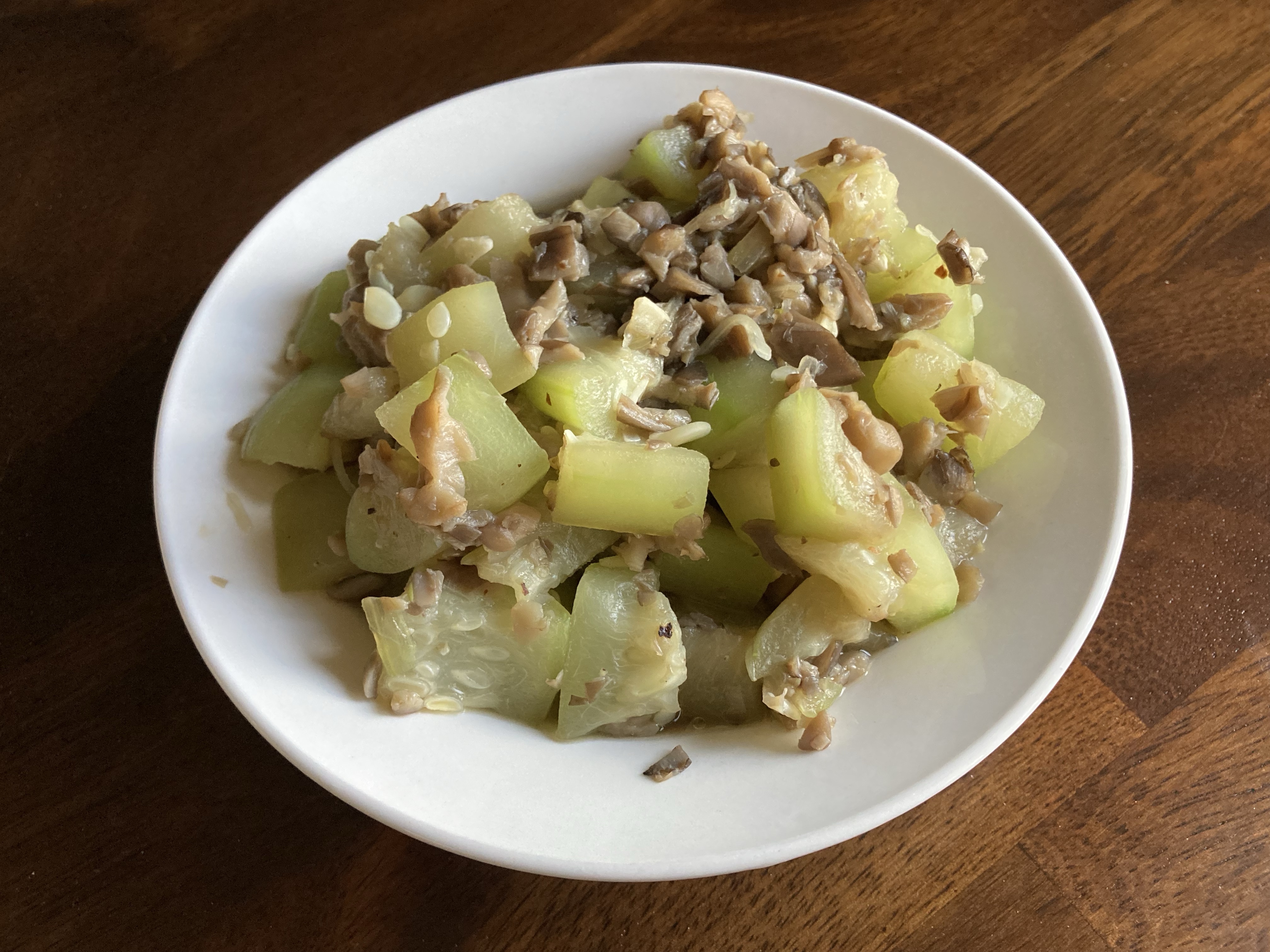Ilocano Cuisine
Ilocano cuisine is the cuisine of the Iloco(Iloko) people primarily in the Ilocos region of northern Luzon.
The city Vigan is a center for Ilocano culture. Throughout the Ilocos cultural region, people speak Ilocano(ᜁᜎᜓᜃᜓ Iloko), a northern Philippine language. In ancient times, Ilocano was written with kur-itan script, a variety of baybayin. In Ilocano, naimas means delicious.
Sugarcane is an important crop grown in the Ilocos region since ancient times. Ilocano people traditionally crush sugarcane with a tool called dadapilan. Sugarcane juice is cooked and then stored in clay vats(tapayan) to make a type of wine called basi. Basi is further fermented to make cane vinegar.
Clay pots(banga)[palayok] are used for boiling and steaming food. A certain type of earthen jar(burnay) is used for fermenting fish to make bugguong.
A large mortar(alsong) and large wooden pestle(al-o) are used for pounding(bayo) sticky rice and other ingredients. Aglubilubi is a traditional social event for pounding banana or other ingredients using mortar and pestle; the result is called lubi-lubi. Food is traditionally served at a low table called dulang.
One Ilocano cultural product is a type of hat called kattukong made from bottle gourd(tabungaw). The inside is made from fountain palm(anahaw), nipa palm, rattan, or bamboo. Another product is a cape called annanga made from nipa palm leaf.
Ingredients
Rice has been a major crop since ancient times. Cooked rice(inapoy)[kanin] is served for most meals. Black and white sticky rice(diket) is also used. Sticky rice is usually used for sweets, sometimes pounded like mochi or ground and fermented as galapon[galapong].
Sugar cane(unas) is an important traditional crop for the Ilocano people. Cane sugar molasses is made into alcohol called basi. Basi is further fermented to make cane vinegar(sukang iloko), used for cooking and as a condiment.
Various types of yam include kamangeg, a lesser yam called tugi similar to nagaimo, and the more famous purple or white ube.
Banana is used for cooking and eating.
The Ilocos region is famous for its garlic(bawang). Garlic and shallot are common ingredients.
Ilocano cuisine sometimes features bitter flavors. Bitter melon(paria) is common, and its tender shoots and leaves are also used.
Bottle gourd(tabungaw)[upo] or calabash is often cooked with meat.
Moringa(marunggay)[malunggay] fruit and leaves are used. There is a unique vegetable called alukon common to northern Luzon which is a type of mullberry, sometimes inaccurately called birch flower; usually the female flower or fruit is added to vegetable dishes. When in season, butterfly pea(samsamping) can be added to vegetable dishes.
Jute(tugabang) and amaranth(kuantong) are other seasonal vegetables usually added to stews or similar dishes.
Okra is used traditionally.
Labuyo chili is added to dishes and to spiced vinegar.
Calamansi is used for seasoning.
Freshwater clam(tukmem)[talya] is called narnar once shucked.
A specialty food is ant larvae(abuos).
Small river crab(kappi) is cooked and prized for its roe(pula).
Fish paste made from anchovies(bugguong monamon)[bagoong monamon] is a prevalent seasoning.
Milkfish(bangos) is a favorite fish.
Dishes
- steamed rice
- pinakbet: local vegetables cooked in a pot with fish paste
- dinengdeng or inabraw: local vegetable stewed with fish paste, usually with fish on top
- buridibod: yam or similar tuber stewed with seasonal vegetables
- batso nga tabungaw[ginisang upo]: bottle gourd cooked with meat
- poqui poqui: scrambled egg and eggplant dish
- adobo: meat stewed with vinegar
- kirog a kappi: stir fried small river crab
- jumping salad: live shrimp in calamansi
- dinakdakan: grilled pig head parts and offal with shallot
- insarabasab: grilled pork mixed with chili, shallot, and cane vinegar
- bagnet: fried pork belly
- pinapaitan: stewed goat or ox innards
- dinardaraan: pork blood stew, commonly made with pig intestines
- la’uya: meat soup with vegetables, usually pork knuckle with moringa fruit
- sinanglaw: sour stew with various ingredients, notable bitter ingredients such as bitter melon
- bibingka: sticky rice cake
Related Links
Recipes
-

Batso nga Tabungaw
Batso nga tabungaw is stewed bottle gourd, a common in the Ilocano regions of northern Luzon in the Philippines. Known […]
-
Pinakbet
Pinakbet is an Ilocano dish from the northern Philippines made from local vegetables stewed until shriveled. Eggplant, okra, and bitter […]